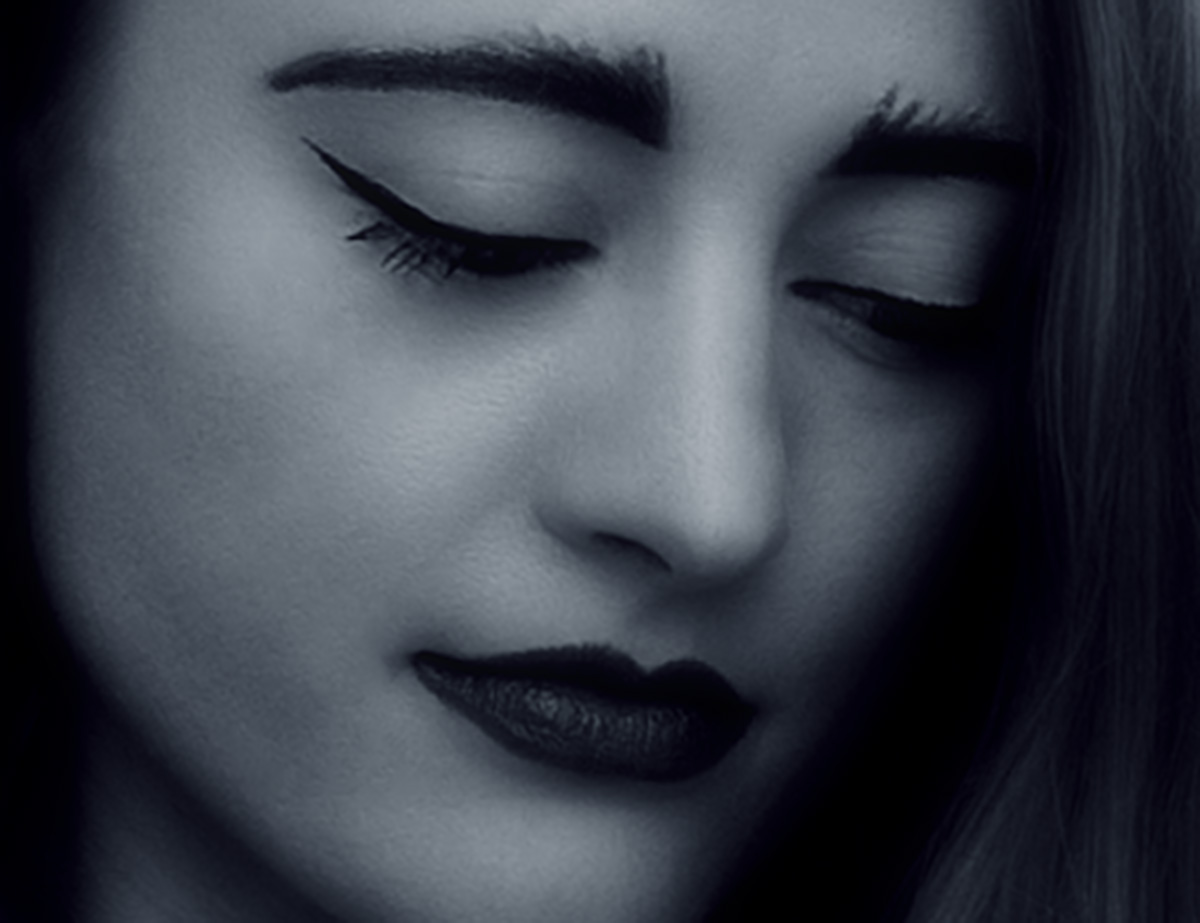I arrive at Millie Browns LA apartment to a text asking me if I am hungry....perfect timing.
She pops out, all smiles, to let me in.
Inside is the cutest home filled to the brim with canvases destined for a show she has opening in April.
These are the famous vomit paintings, I feel like I'm face to face with pop stars.
In her cute cute kitchen, Neil Young is playing on the radio and as Millie busies herself with rustling up a huge salad and delicious home made tahini dressing we settle in to talk about her life as an artist, why no one cooks anymore and what the hell is sunny delight?
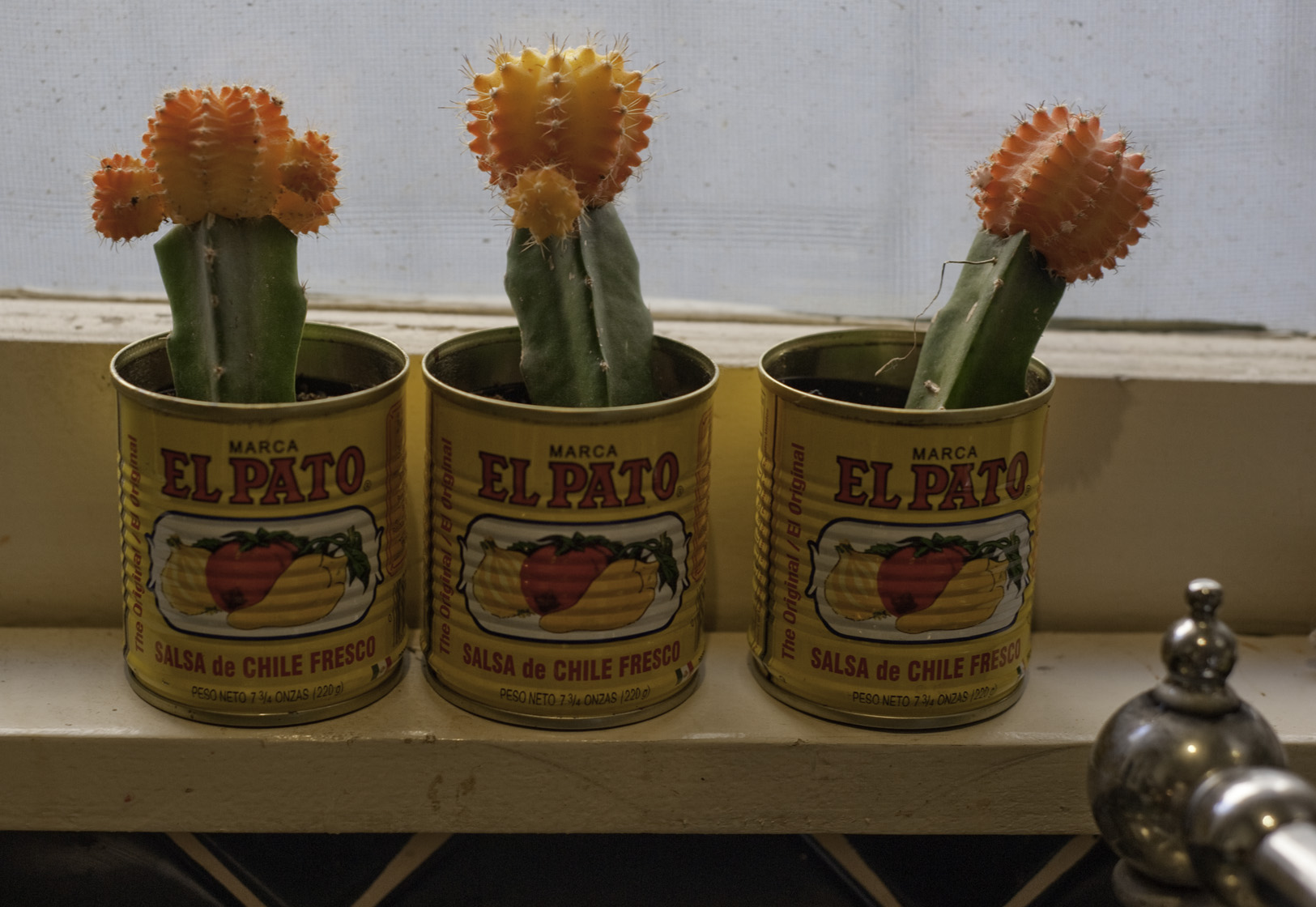
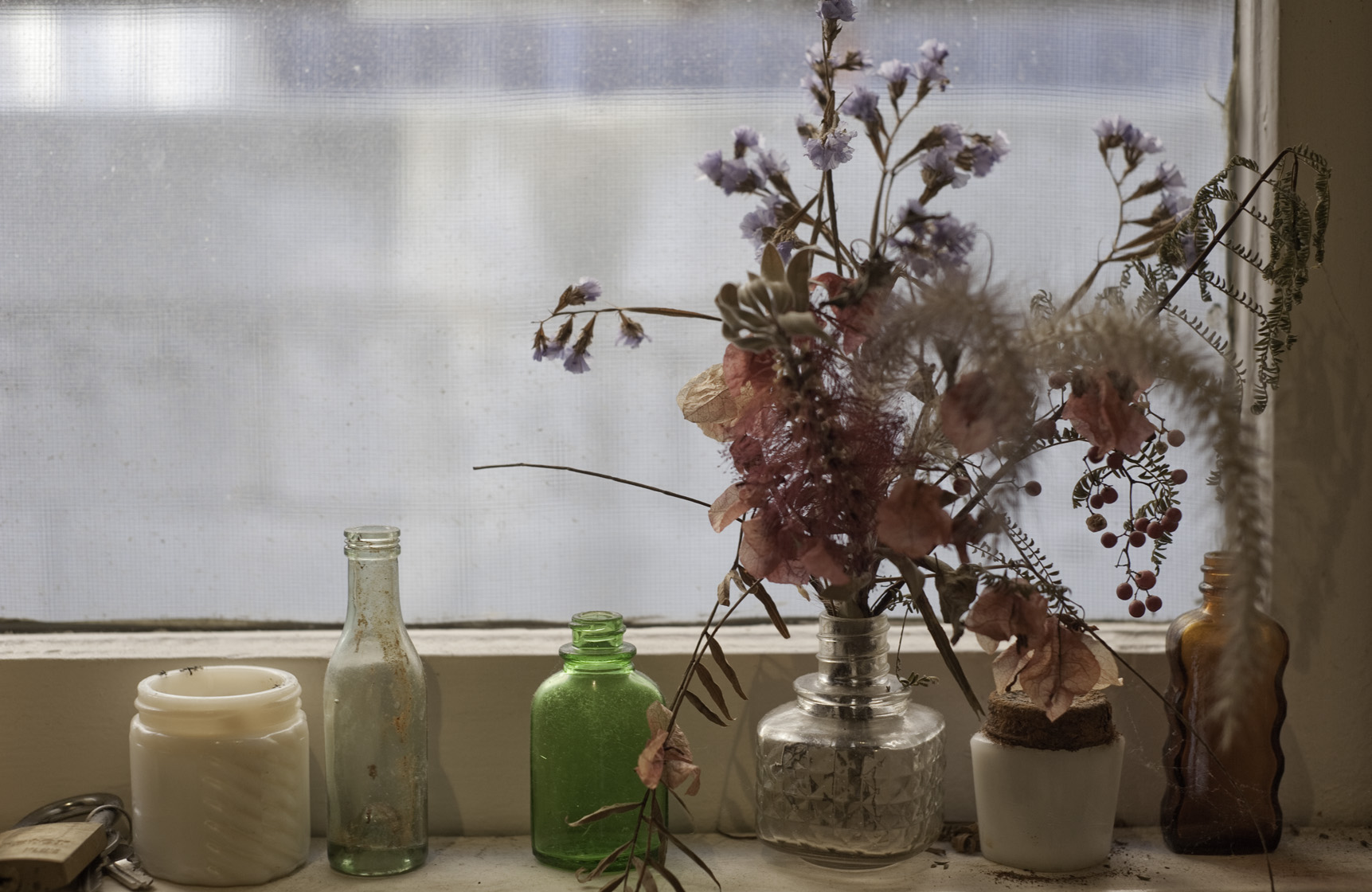
TF. Researching you and your work, the internet was full to brimming with pictures of you and Gaga, SXSW and every other word is vomit.
Does it bother you that so much of the focus is on that one moment?
MB.
In some ways.
I recognise that that's just silly hollywood bullshit and has nothing to do with me or my work, but the attention did take my work to a much broader audience which is cool. A lot of kids who might never have seen me perform have been exposed to me because they follow Gaga and thats a really positive thing.
I was doing an interview for a London broadsheet recently. I was really excited to have an opportunity to discuss my work and the process in more depth. I wanted to steer the conversation in a more intelligent direction. What they ended up writing was worse than the tabloids. Another bullshit fluff, sensation piece. It just doesn't feel like it relates to me.
TF. When people see your vomit paintings without knowing how they are created do you find they have a different reaction?
MB.
That's something I would really like to explore more. The reaction when they know about the process is always an emotional one. For me the canvas is the end result of something I put myself through and is something only I experience. It's the process that I am interested in.
My projects are all very demanding physically. They require a lot of preparation a lot of solitude. It's an important part of my journey as an artist.
TF. How did your journey to becoming Millie Brown performance artist start? What is your process?
MB.
I come from a close knit family, two hippie parents and three siblings; we all lived in Spain and then France. I used to spend time with my dad at a Tibetan monastery. I would wander around while he did whatever it was he did! I didn't know it then but this exposure to a meditative way of life had enormous impact.
Living in France was great but I was looking for change and had gone to LA for a summer. When that came to a close I knew I didn't want to go back to France. My sister and the artist Mathew Stone had just found this abandoned building in Peckham, South London and invited me to go there so I went.
The first time we walked into the space it was this crazy post- apocalyptic scene. Half drunk drinks on tables, bottles of champagne still in buckets, white noise on the tv screens. I knew right there and then that this was going to be an epic moment in time. It was exactly what I was looking for.
Here were all these artists running around with this blank canvas of a space. Gareth Pugh was designing in a deserted gym, someone else birthing a magazine in another room, it was amazing.
I spent a couple of days cleaning pigeons and pigeon shit out of my room and got to work.
Initially I was there collaborating with everyone, it was like the best foundation course ever. Being surrounded by all these creatives was the perfect petri dish for me.

TF. Did you always want to be an artist? Was it a vocation?
MB.
I have always loved art and my mum was very creative but she never had the time to pursue it. Being raised in France at the schools I went to, making art for a living was never an option, but the options I was given never felt right. In London, at the collective, the concept of being able to create my own reality was life changing. No one was ever going to actively encourage me to become a performance artist, that was something I had to discover for myself. In London I was given room to explore.
We were all invited to take part in a show in Berlin and that was where I did the first paintings.
TF. In any creative endeavour there is a period of trial and error, how did you prepare for Berlin?
MB.
Uppermost in my mind was creating something outside of my comfort zone. Something that would challenge me on every level. Something raw and something physical. I wanted the first performance to be my trial and error . I guess I was giving birth to the concept and myself as an artist in full view on stage.
TF. So how did you prepare?
MB.
I fasted for days before we arrived so I was starving when we got there. I had no idea how much of each color I would need to drink so I drank loads!
For that performance I didn't use canvases, I threw up onto white t-shirts that I was wearing and later displayed.
There I am in the middle of the gallery creating the pieces and the reaction from the audience was incredible. I had never performed before, in any capacity and it was so emotional. I experienced total mental clarity, a heightened state if you like. That, coupled with the energy from the crowd was what moved me and attracted me to performance art.
TF. What happened after Berlin?
MB.
I met Mark McGowan there and he invited me to perform with him and The Chapman brothers which I did and then Gareth (Pugh) introduced me to Nick Knight who became something of a mentor for me.
I met Gaga through Nick, we collaborated on a short film together with Ruth Hogan.
That's how the SXSW gig came about.
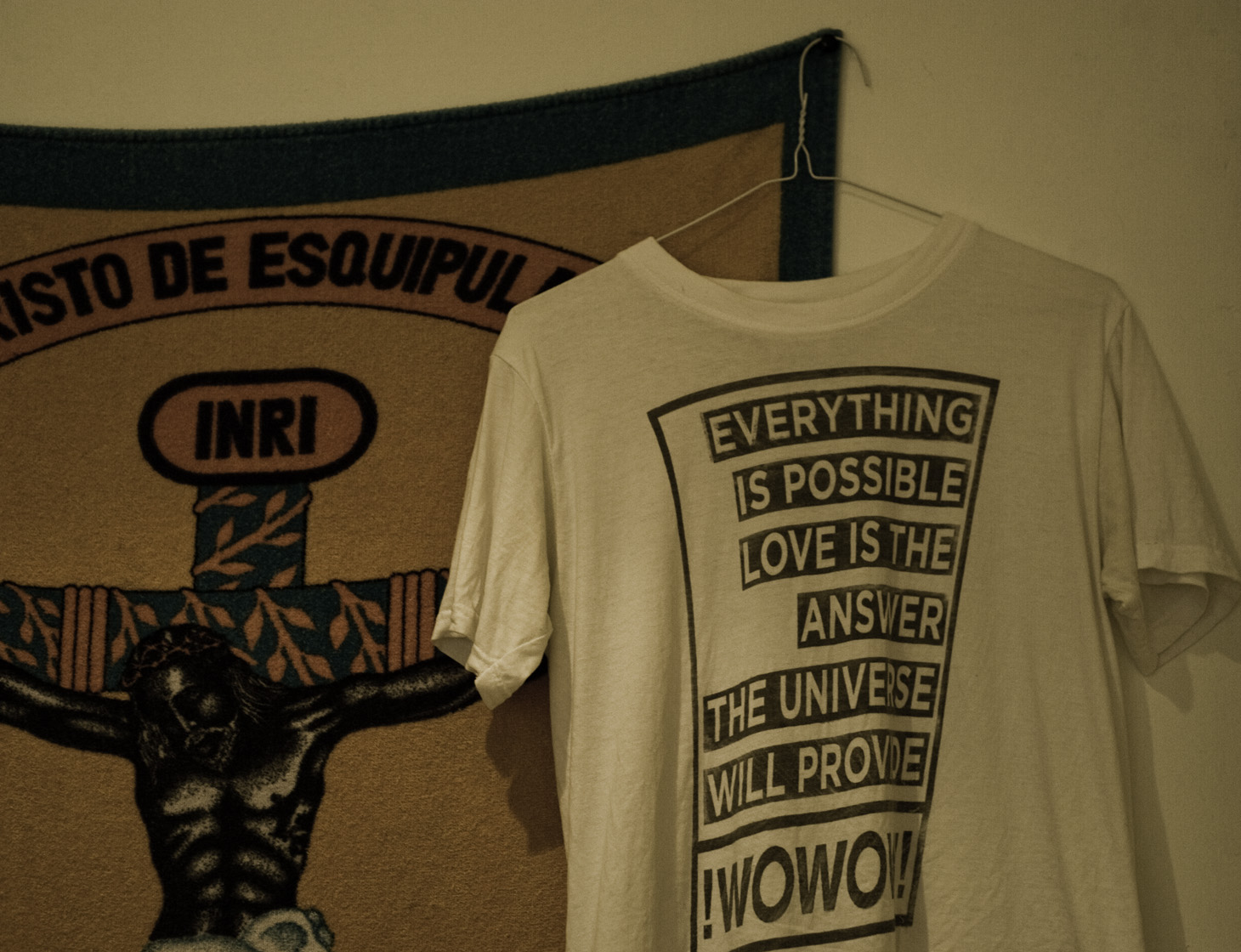
TF. Let's talk about Wilting Point. Its a completely different sort of piece. How did that come about?
MB.
Wilting point has its roots in a performance I did in London a few years prior. A commissioned piece examining the idea of happiness.
TF. What is happiness for you?
MB.
Finding the balance in extremes. I tend to be either very up or very down and I strive, like most of us, for middle ground. For the London performance I put myself between the extremes of the busy Embankment and the relative calm of the River Thames. I sat for 6 hours between the feet of a Sphinx. It was winter and freezing so I had both mental and physical challenges to breakthrough. I reached beautiful places in my mind, I almost froze but it was a fantastic experience.
That laid the groundwork for Wilting Point.
TF. Did these pieces bring meditation back into focus for you?
MB.
Definitely. It is an essential part of my daily life now. I get caught up, like everyone else in the constant faster faster of modern life and I absolutely need to take the time to bring myself back into the present moment.
TF. So, Wilting Point?
MB. That took about 12 months to put together. The planning was very detailed.
I knew I really wanted to explore my mind. I hadn't done anything quite like it before and had no idea how I would feel which is always part of the attraction. That mental excavation is fascinating. I knew I wanted the space to be visible from the street. It added a voyeuristic aspect to the work and exposed the performance to people that might not otherwise see it.
TF. I'm interested in the physical reality of pieces like this. What was it like?
MB.
The vert first day I went in, lay down and realised there were no heaters. I was naked so that was the first challenge. The flowers were uncomfortable and I couldnt tell anyone! So I chattered my teeth until someone figured out the issue and heaters were delivered. Working through those sorts of barriers is exciting to me.
TF. Tell me more about that.
MB.
I feel we are all too attached to the the physical aspects of life and we don't break down enough barriers, don't challenge our own comfort zones. It is liberating to realize just how much power we have.
With Wilting point the beauty was coming to terms with being in that space for that amount of time. Just me and myself,
TF. Do you subscribe to one particular school of meditation?
MB.
Mantras and breathing are tools I use but mostly I just become present to the moment. I go in and out of being consciously in the room. People would bang on the glass or talk loud enough for me to hear and that would bring me back into the actual physical space but concepts like time lose meaning with that sort of durational work. I was swimming around in my mind, seeing all sorts of forgotten memories. It was beautiful, very emotional.
TF. What sorts of things did you hear people saying?
MB.
Hearing peoples real thoughts was amazing. Expressing an opinion online or things of that nature provides safe cover and gives people false courage to say what they really think. Hearing unfiltered opinion was brilliant.
There was this one guy who came and sat with me to meditate every night. That was beautiful.
TF. Wow. That seems like such a compassionate, human thing to do. I guess in terms of performance art it doesn't get better than that, that kind of invisible, lets say, energetic souvenir. Priceless. Did you ever meet?
MB. I was leaving town and there was no time but maybe one day.
TF. Tell me about the practicality of a piece like that. I mean here you are having an other worldly experience and diving into other dimensions but you still have the physical body to look after. How does that work?
MB.
I fasted for a week beforehand, to get my body accustomed to not eating solids and to cleanse my system. During the actual performance I drink coconut water, I have a jug which gets replenished. There's a porta potty in the space when I need it.
TF. Sorry to ask but I am fascinated by the logistics!
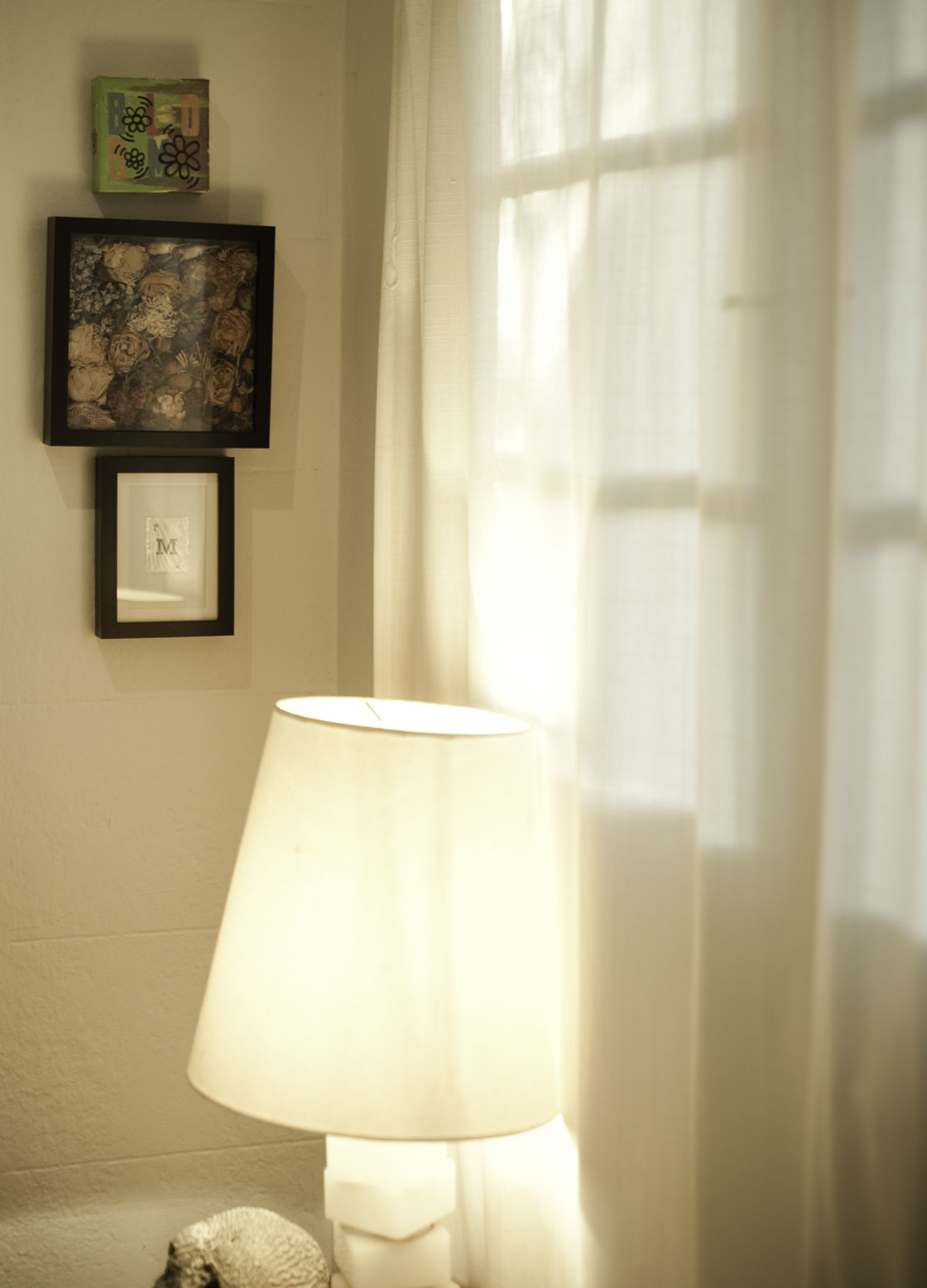
TF. So it seems to me, and I think this applies to all of us, that there is this ongoing struggle between the spiritual and physical bodies. Does that resonate?
MB.
I have the utmost respect for my physical body. I think we are incredibly resilient and I want to push that boundary as far as I can. All my performances are challenging, but I have complete faith that I can create whatever I want with my body, it always recovers. My primary focus is exploring this phenomenal tool that we all have, ie our mind.
Getting to go beyond the physical, liberating my self that way.
TF. Yeah, I get that. Our imaginations are infinitely powerful.
TF. So what was the first thing you did when your time was up?
MB.
Ha! I have never felt anything like it. In seven days I had created this amazing bubble for myself, no technology or sense of time. I could have stayed longer so leaving was very emotional. I felt very serene, very loved. My friends were there to see me and I was like a kid in a candy store. I was ready to explore what felt like a whole new world to me in that moment.
TF. Is that what you did?
MB.
I went straight to a bath tub, drank champagne and ate vegan chicken nuggets!
TF. Hilarious. The heart wants what the heart wants!!
MB.
The following day I went to see the Kara Walker exhibit which was stunning, did you see it?
TF. I was here in LA, so not in person, but I thought it looked gorgeous.
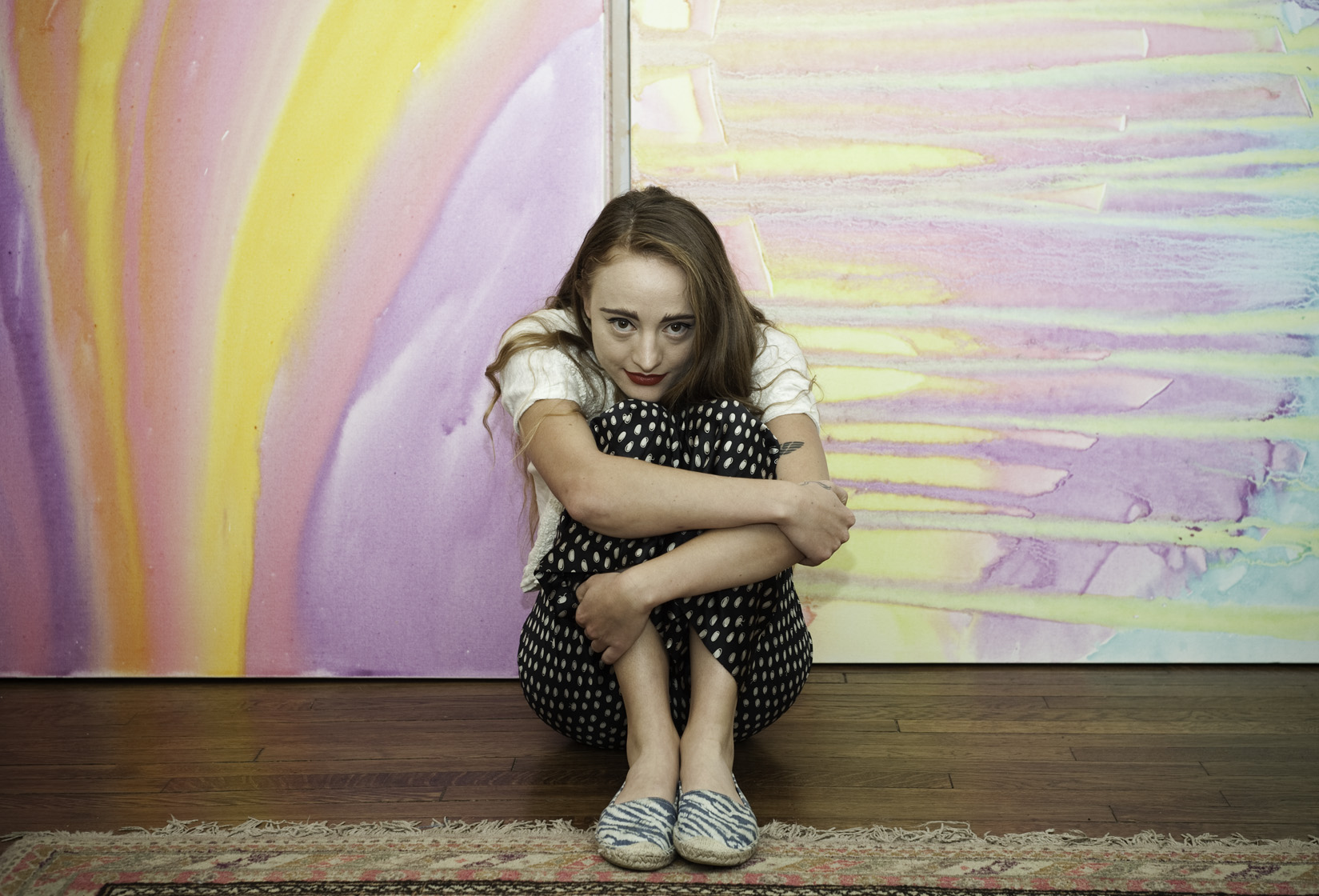
TF. What's next?
MB.
I've just completed a project where I became a pendulum!
TF. Say what??
MB
.I've used pendulums since I was a kid, to answer questions. I wanted to channel that energy into my own body and create a physiacal work of art. So I was suspended in Shibari rope ties and swung over a huge canvas with paint dripping from my toes to my head. My hair became a paint brush and I painted the canvas beneath me.
TF. How did you meet Master K?
MB.
Master K was introduced to me by the people I was working with at the time and he really took the whole project to another level. The human connections I make through my work are amazing and I feel so fortunate in that respect. I would never have met this man if I hadn't been doing this piece. He's an incredibly devoted and passionate artist, focused solely on what he does and he is very protective of his artform. When we first met he told me flat out that he didn't think I could do it. He challenged me and I think he was surprised at my own dedication and determination.
It's that part of the process that is so special. Meeting other creatives and artists, rising to the challenges that I set myself and never backing down. All of those intentions feed the end result and add to the energy of what people actually get to witness..
MB.
So there's me and a huge crew in a warehouse downtown. I get tied up and hung upside down. When the first paint hit my body it was so cold it left me breathless. I think I went into shock so in the very first moments I had that to overcome. I had to totally surrender to the experience. I became the pendulum, I felt like I was a crystal at the end of the ropes. When I came down I felt totally raw and very human.
It's those raw moments and emotions that I chase in my work.
TF. That's so interesting. In the face of modern life in 2015 when we are no longer sovereign over technology and people tend to choose a quick fix and mental distraction, those raw emotions become a rarity.
Would you agree that most people are looking for external escape? It sounds as if you're key to liberation is the exact opposite, ie going deeper inwards.
MB.
Going back to our earlier conversation about Gaga and the craziness that followed SXSW, I got exposed to a lot of young kids through the media noise who were all really inspired to create with their bodies so I have to say that has been a really powerful and inspiring reaction for me.
TF. It feels and looks as if your more recent work, since the vomit paintings has taken a different direction, is that right?
MB.
I am constantly evolving as a human and as an artist, trying to gain the balance I talked about, so this is a very organic evolution for me. I am interested in so many aspects of my life and the boundaries I face are ever changing so it makes sense that my work responds by moving forward into new territory.
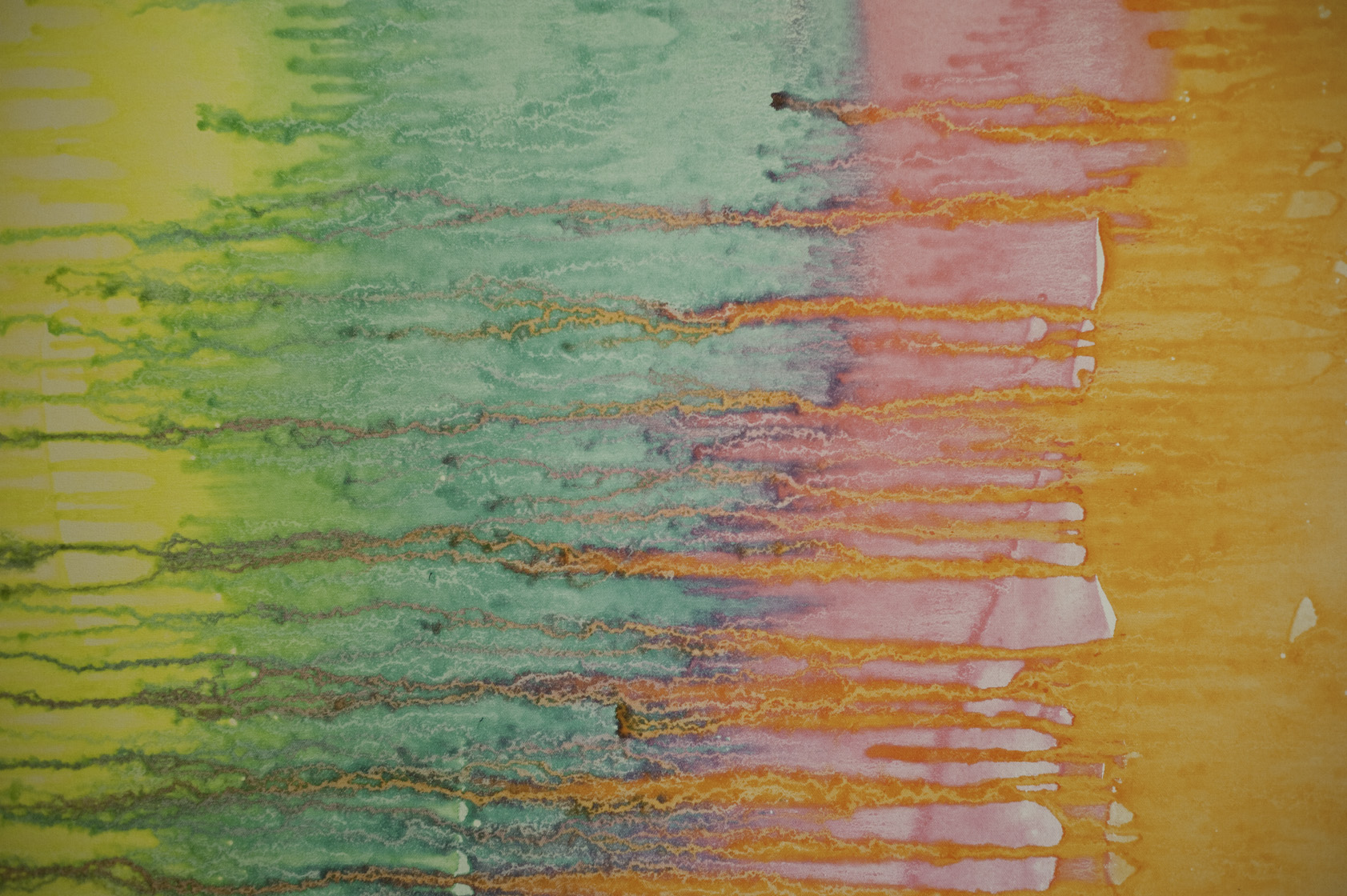
TF. What's coming up in the future?
MB.
I have something planned I can't talk about yet
TF. Can I ask yes or no questions?!
More meditation? More isolation?
MB.
Yes and Yes and it involves light
TF. Sounds Amazing
TF. Is having a tangible artwork at the end important for you?
MB. Not at all. It's really the energy before during and after the performance. It's the intangible that really moves me.
TF. I get it. Sometimes the end result is almost secondary. The magic lies in what it took to create.
MB. Exactly

I leave Millie after a few photographs. She is headed up a mountain to walk and meditate.
I am excited and inspired. We have been talking for hours and I think we have set the world to rights.
What makes someone want to hang themselves upside down, be suspended by balloons or lie on a bed of decomposing flowers for seven days?
Pure self expression, and we celebrate that
.
As I am driving home I am trying to think of a new name for her vomit paintings. We had talked about this briefly and seeing them in the flesh I know I have to come up with something that expresses just how beautiful they are.
I am hit with a moment of inspiration and pull over to text Millie.
"Hey, how about Out-of-Body-Paintings?"
She sends back a picture of the sky from wherever she is sitting, all indigo and pale pink.
"I love that"
